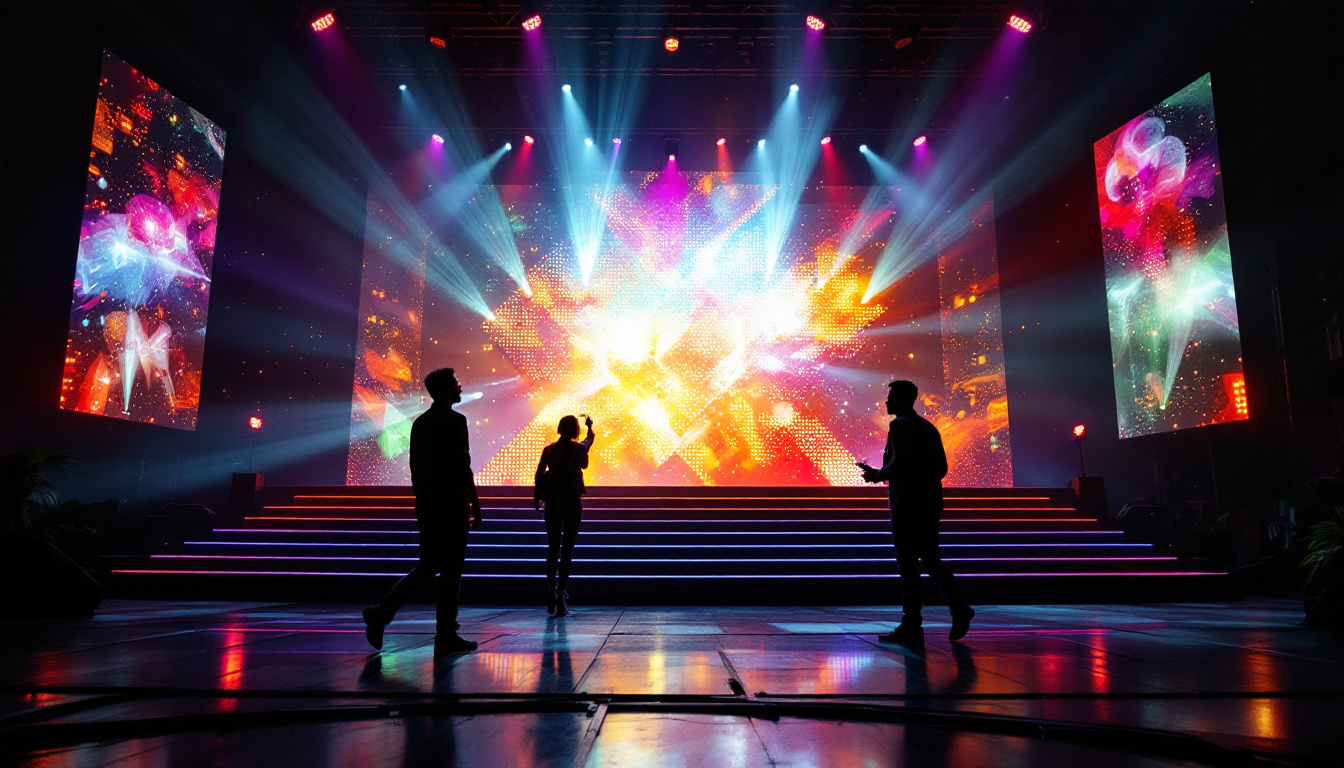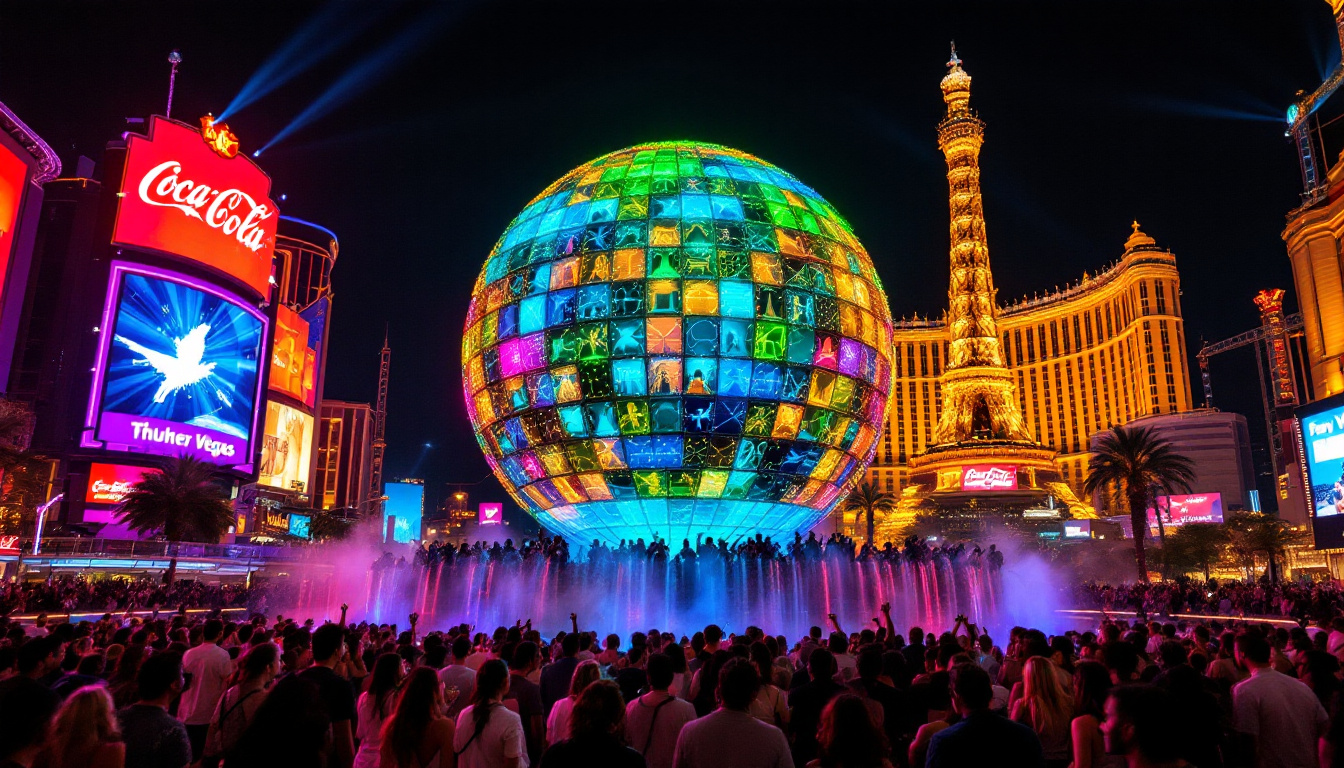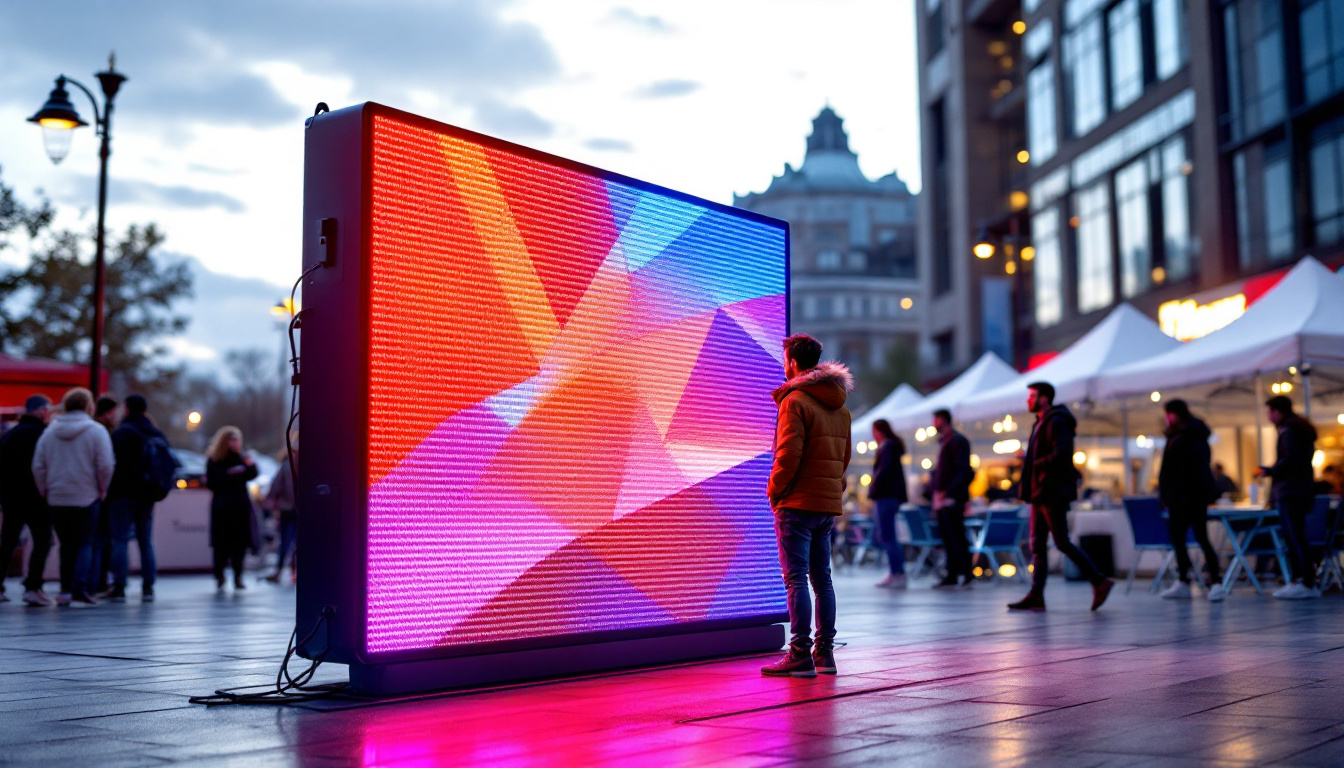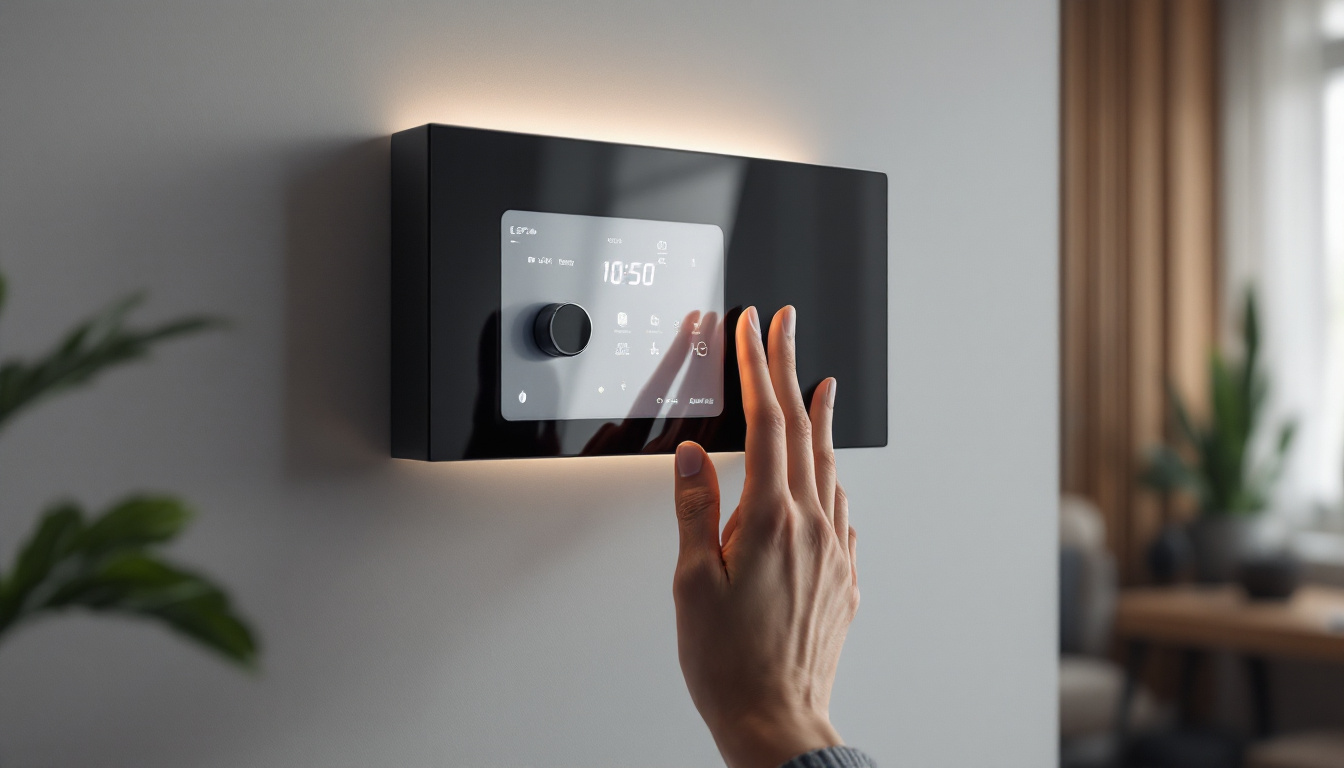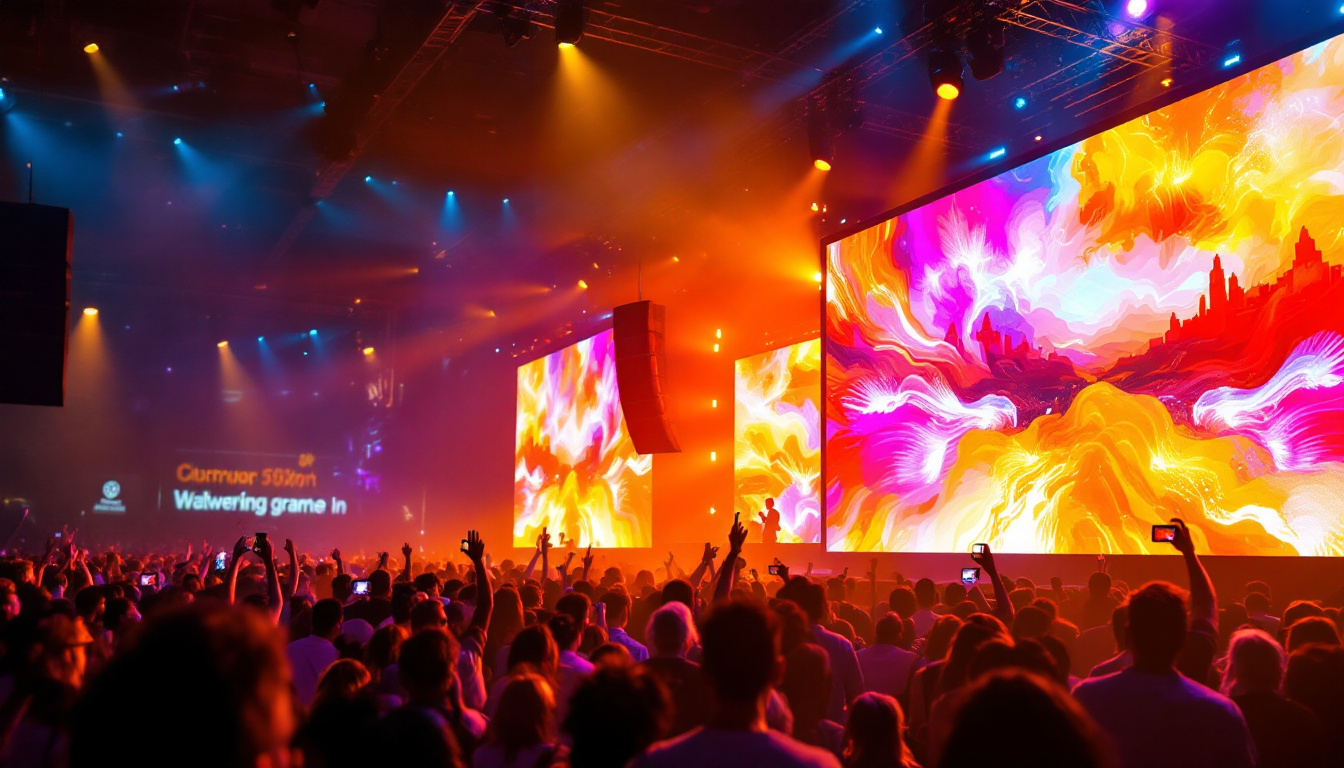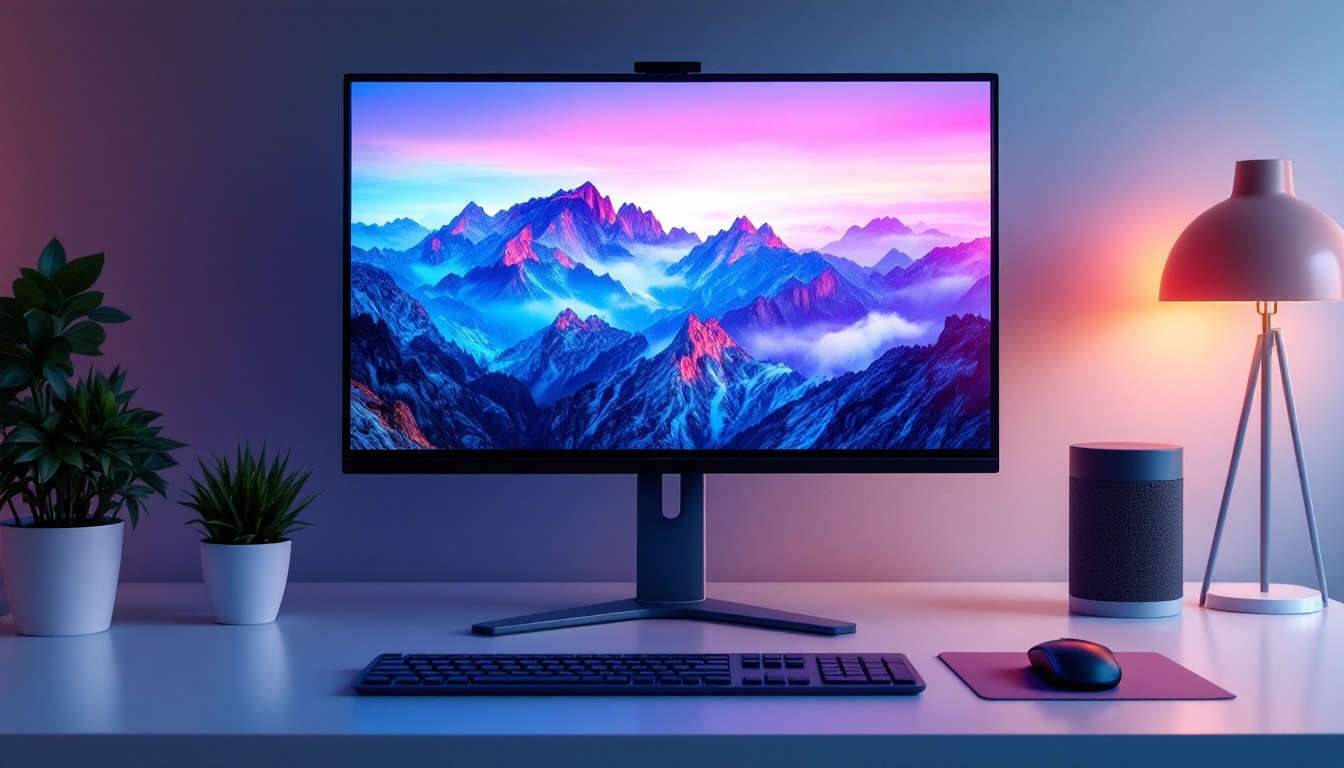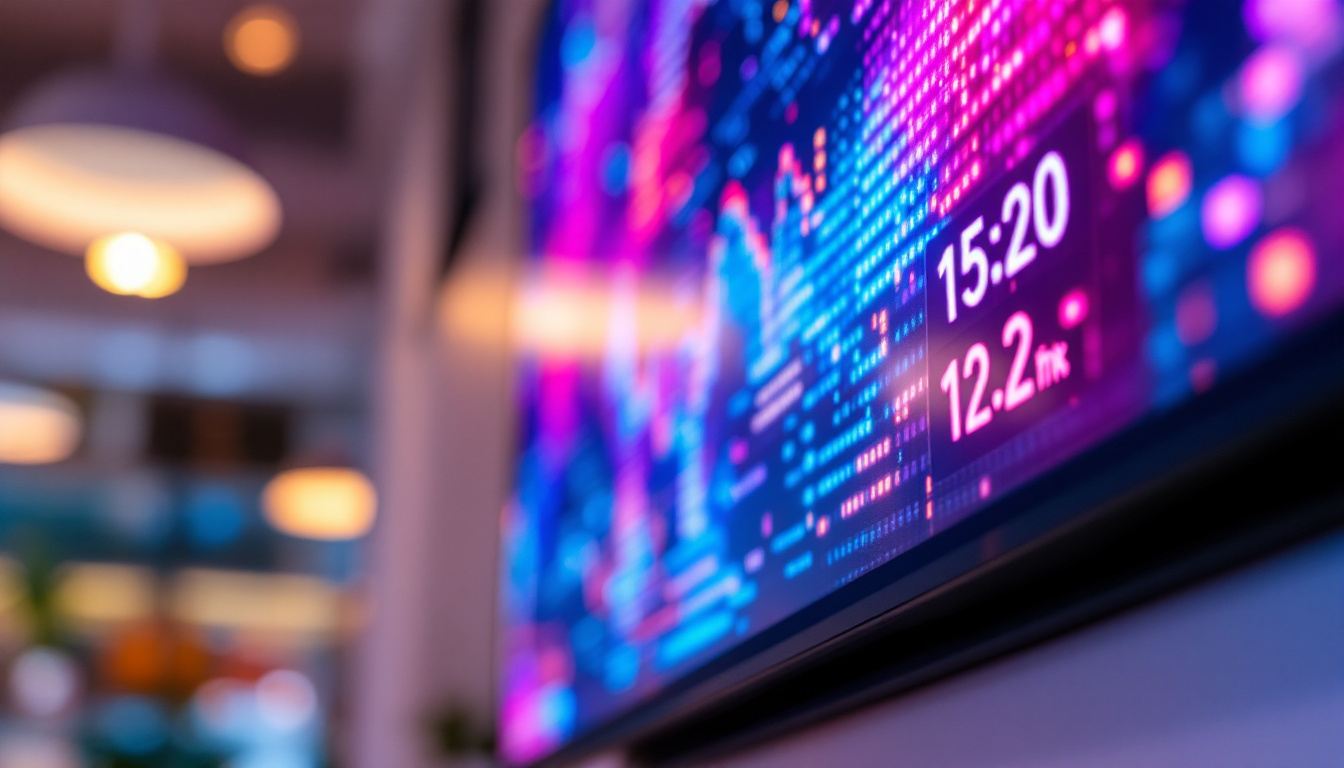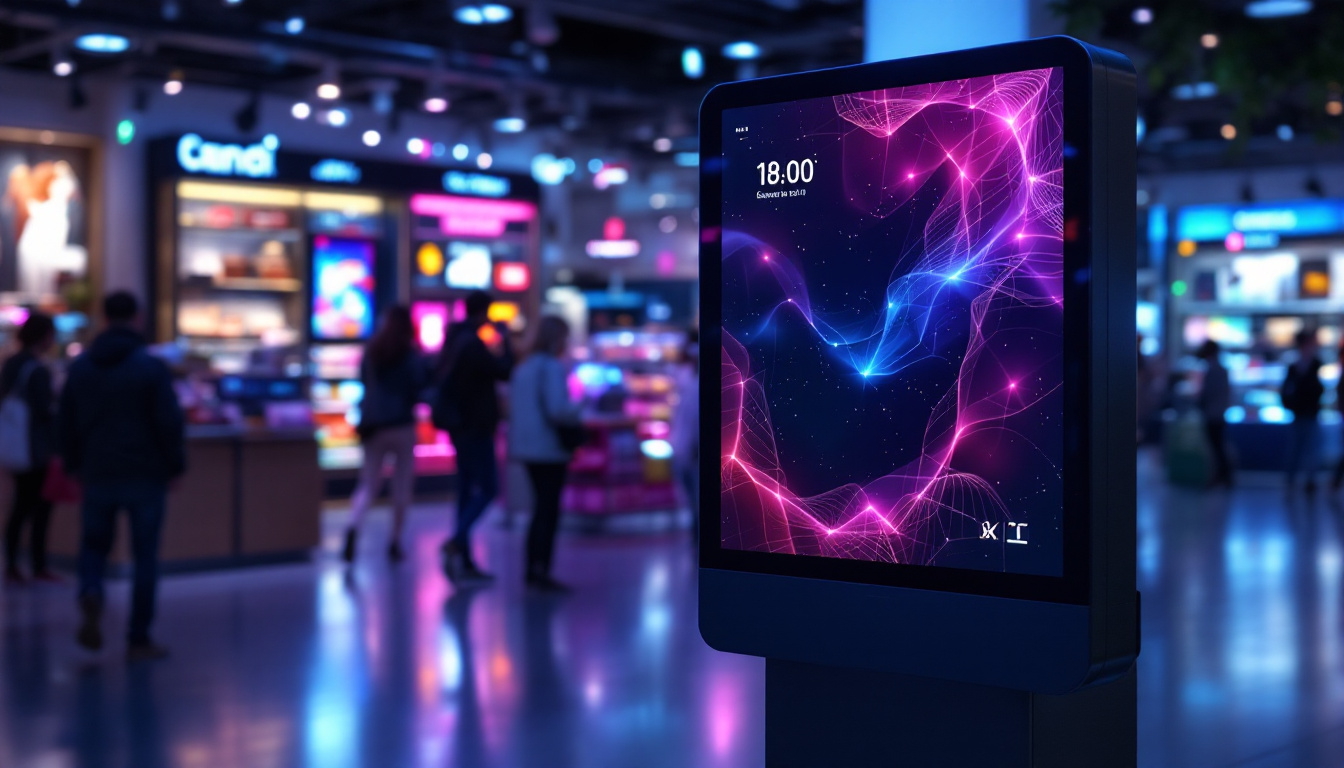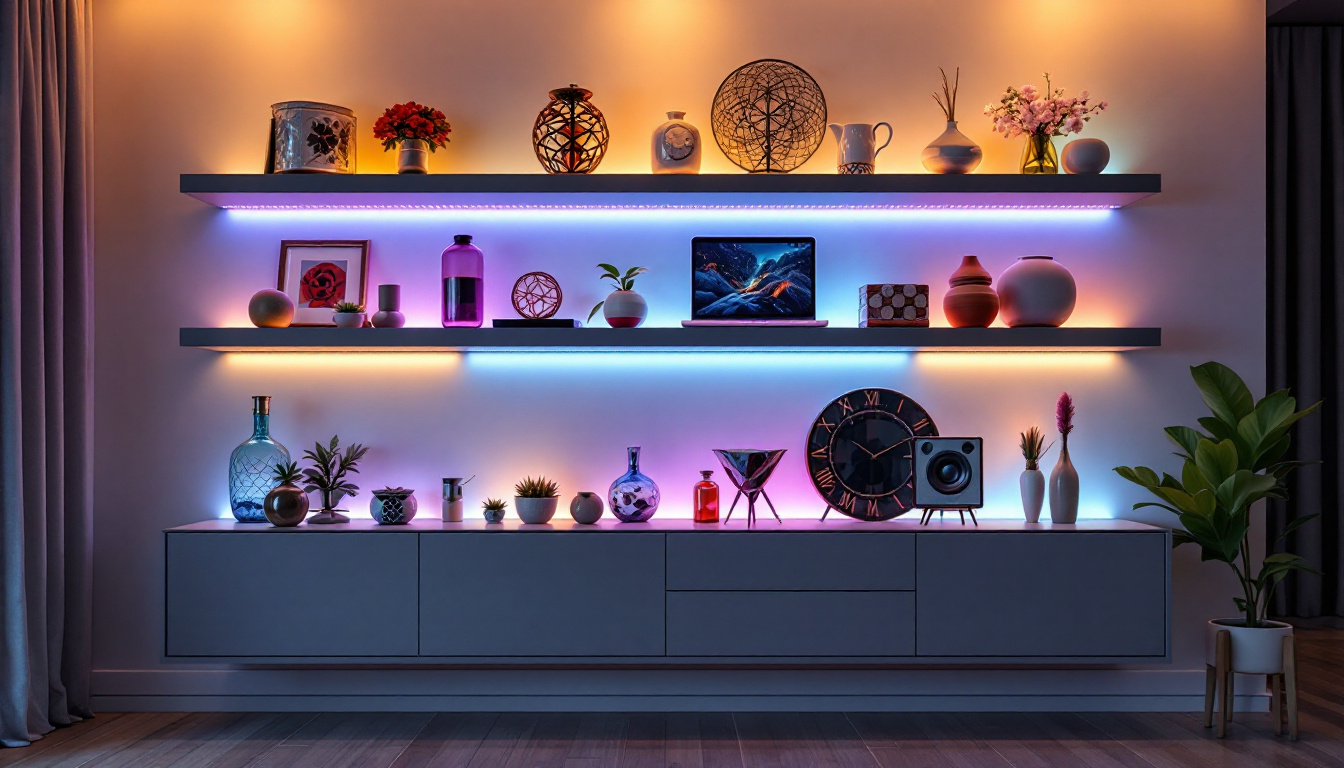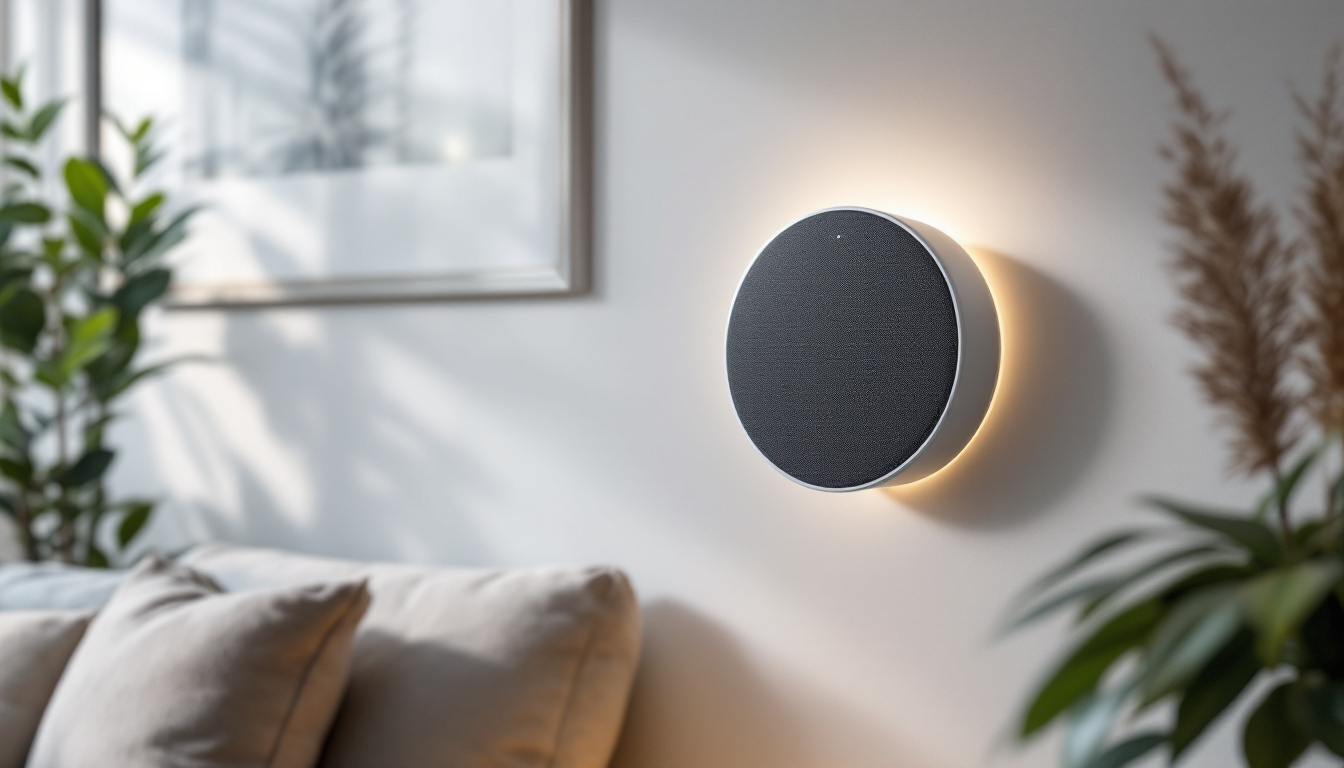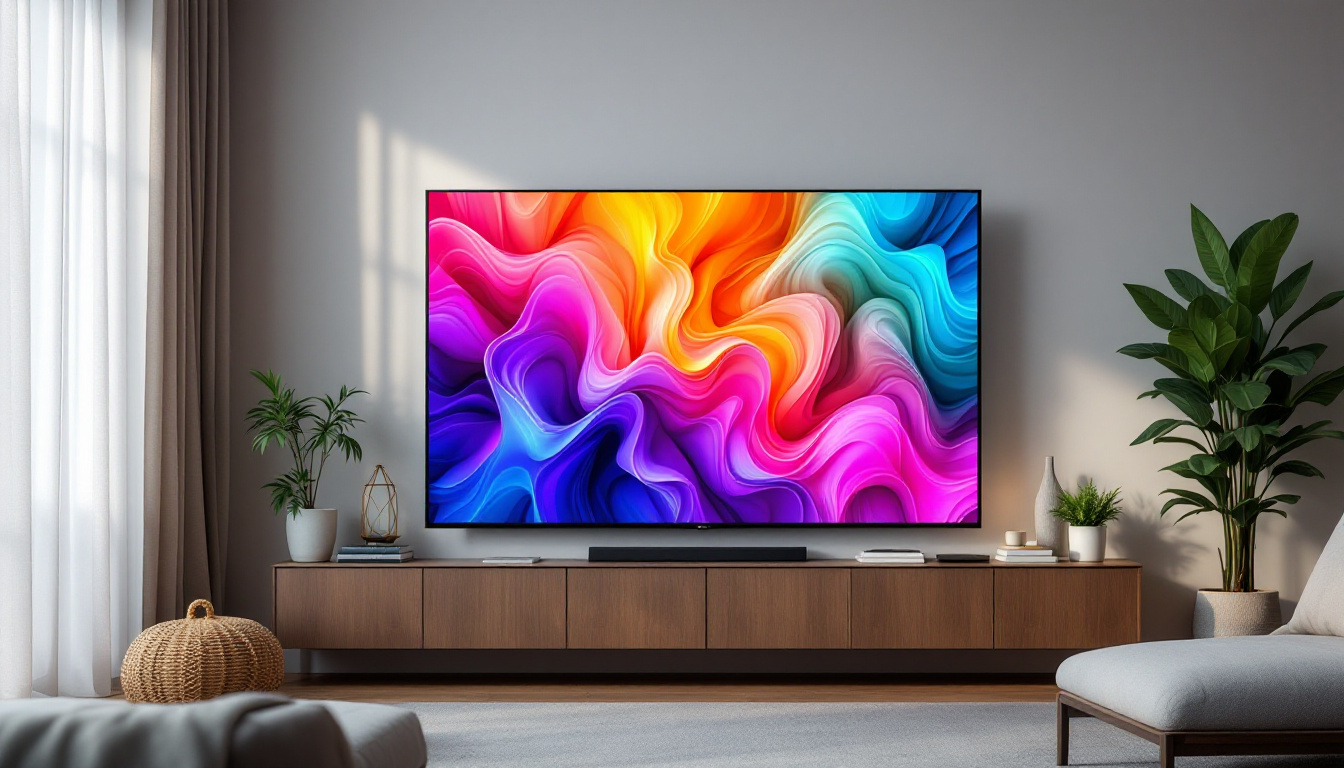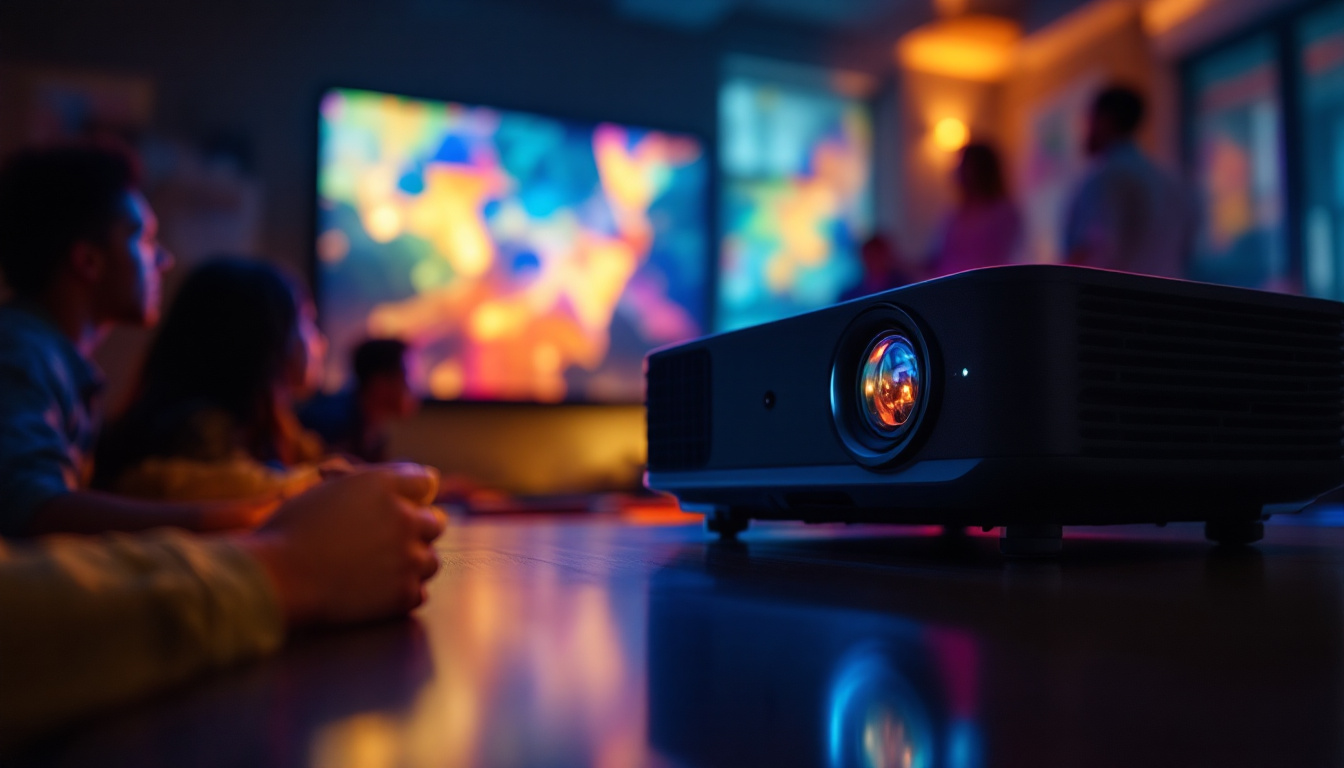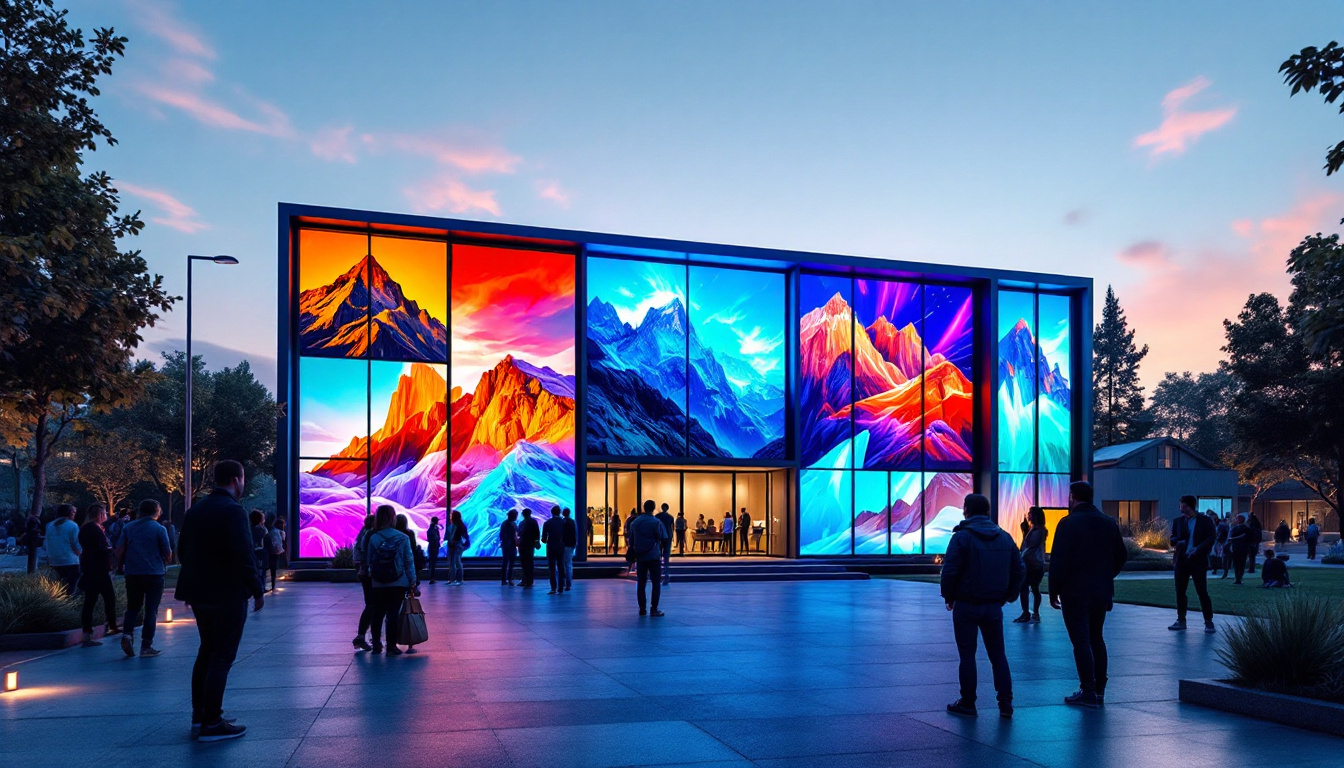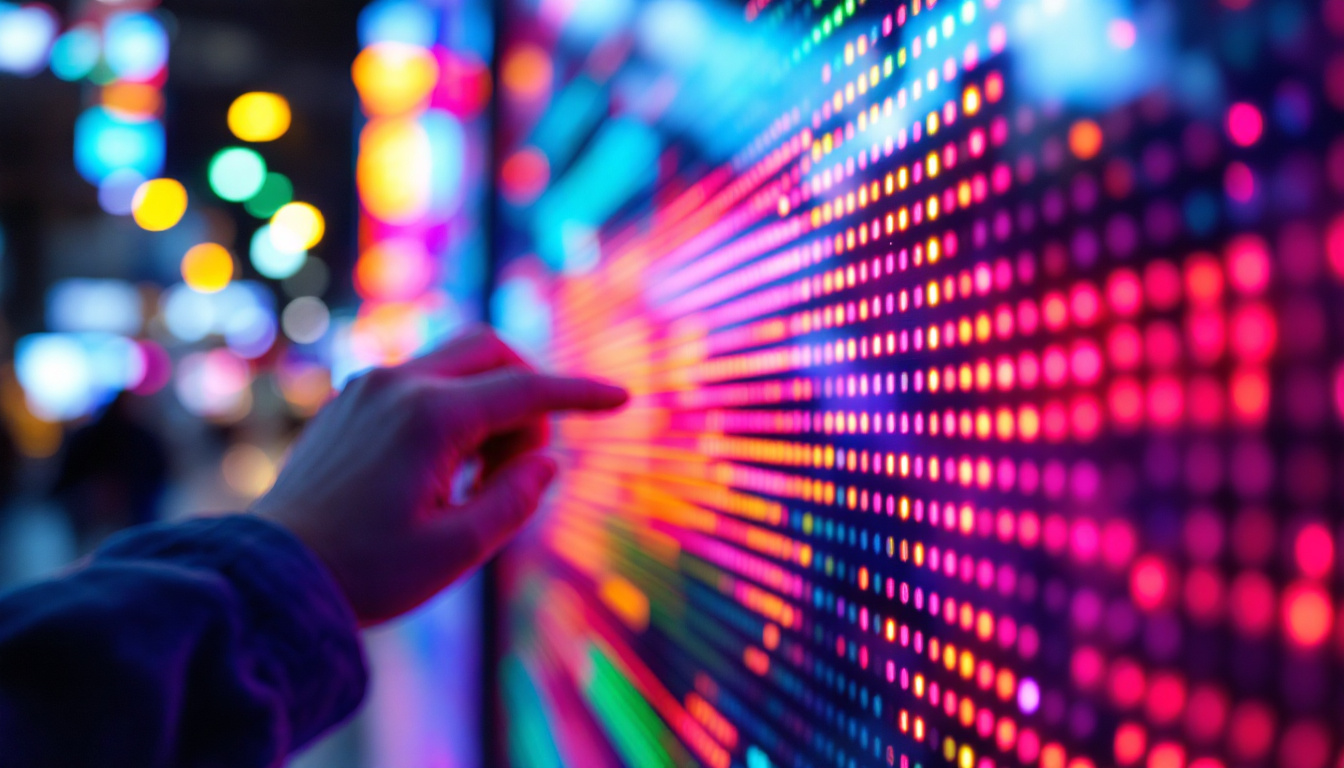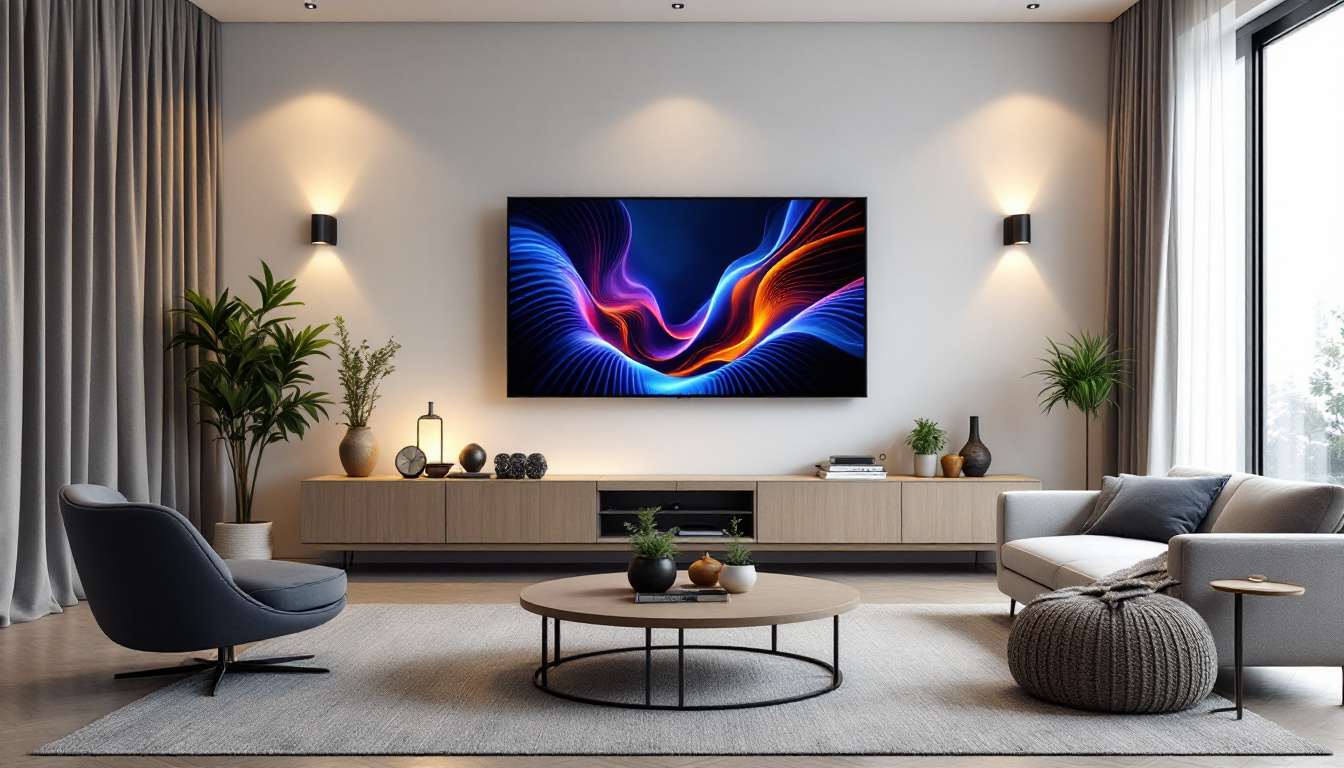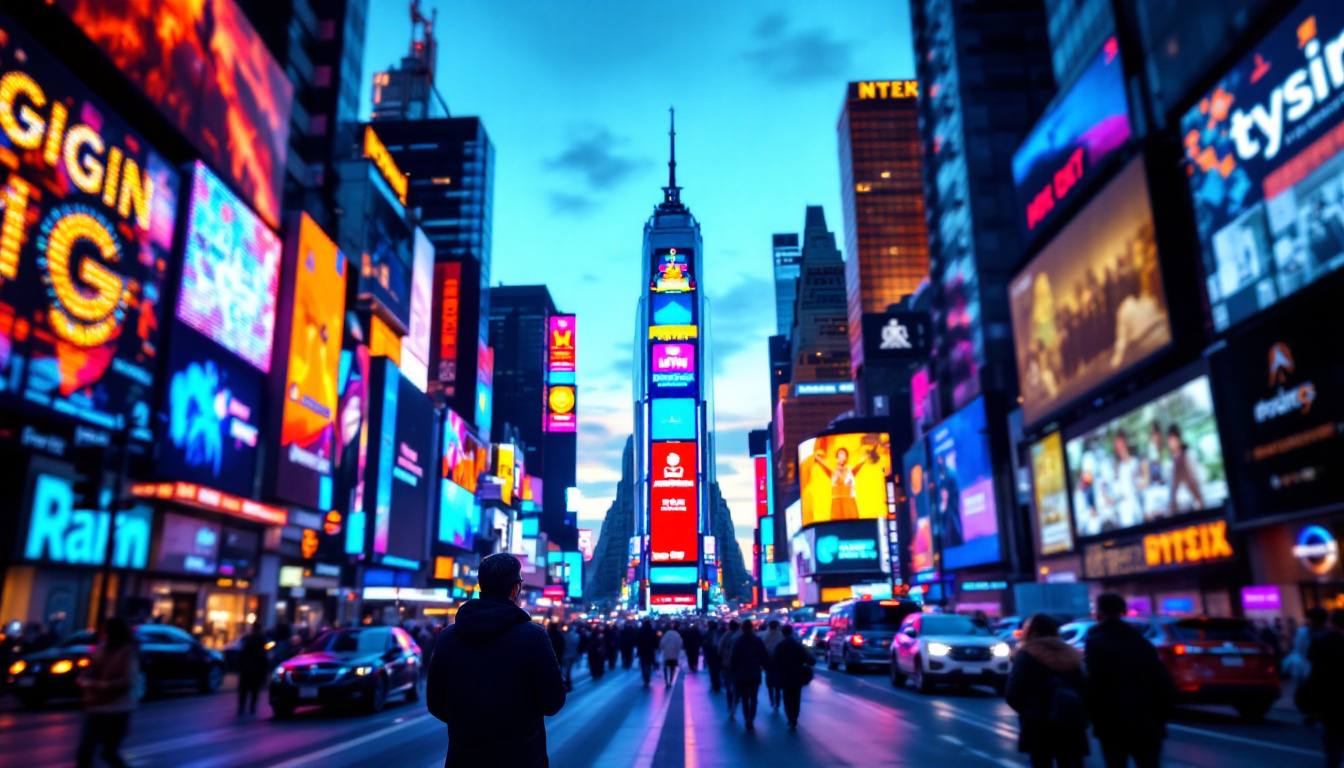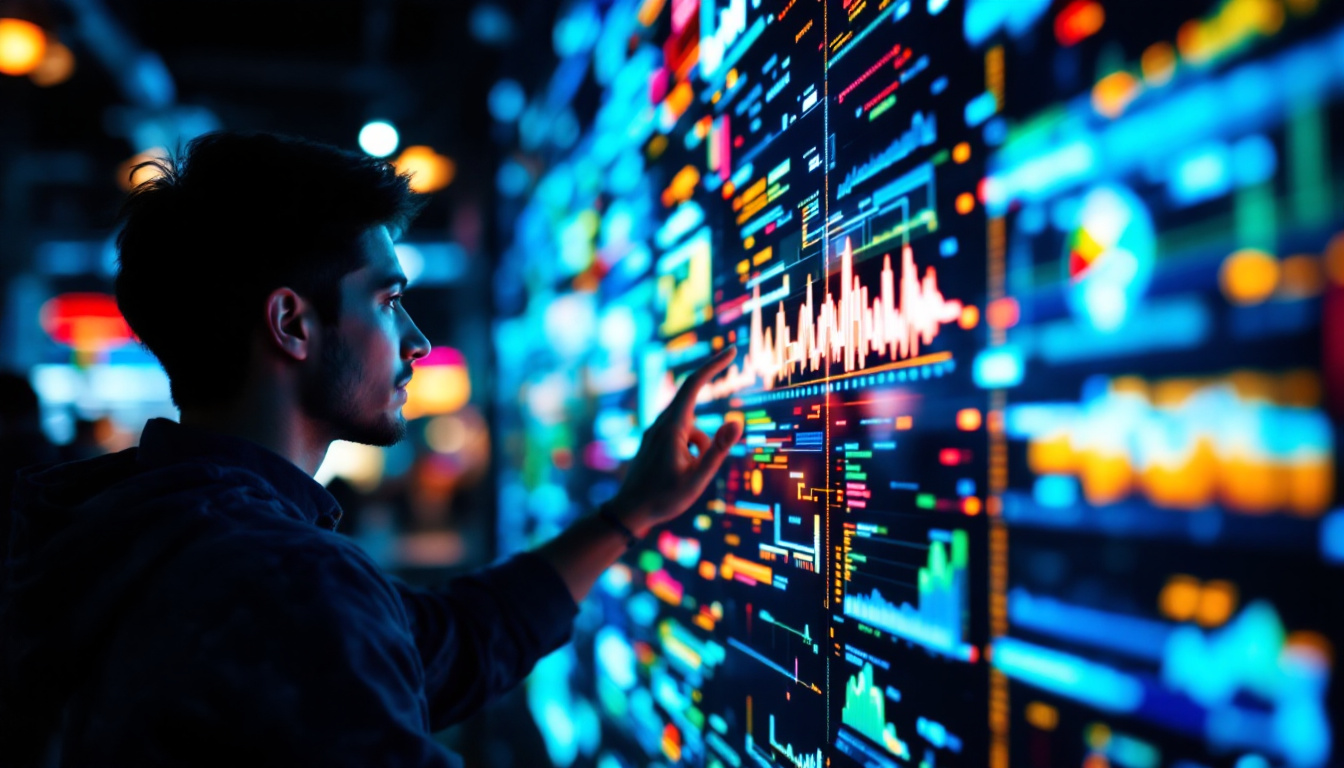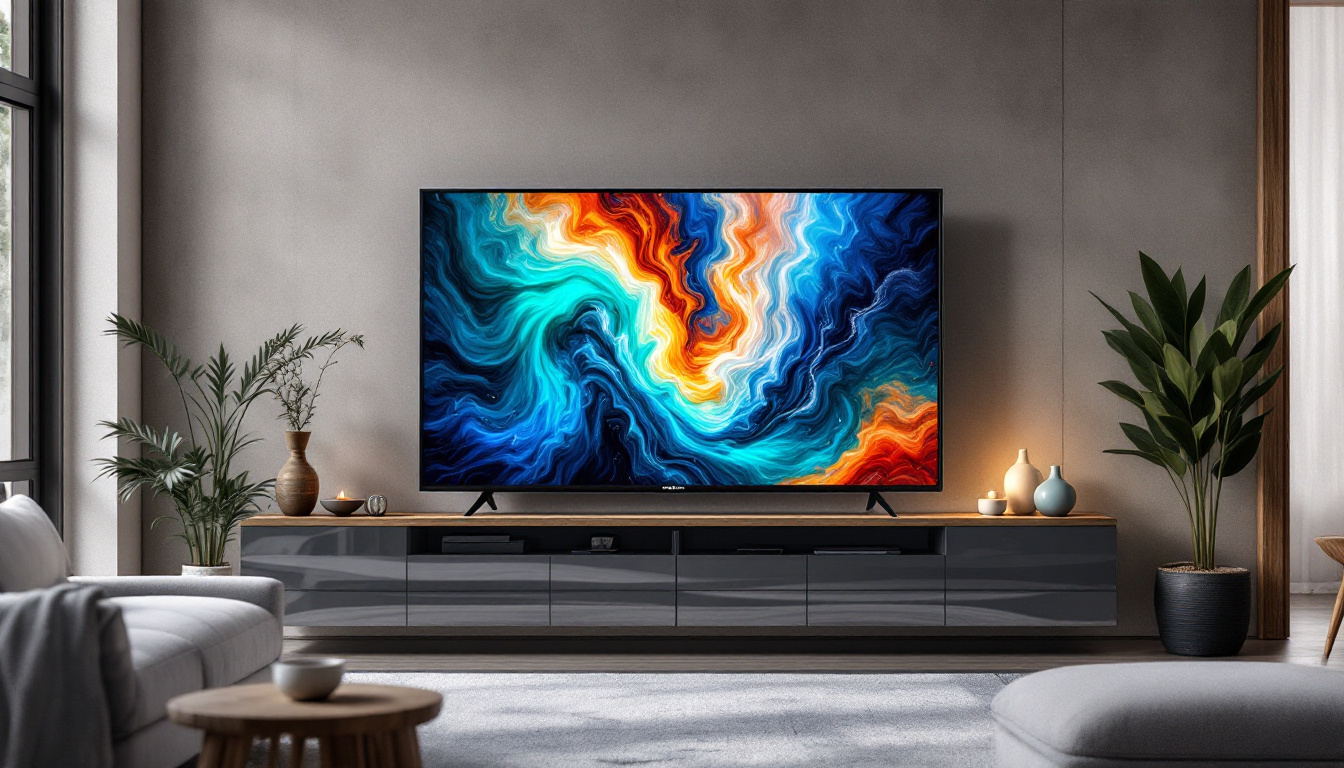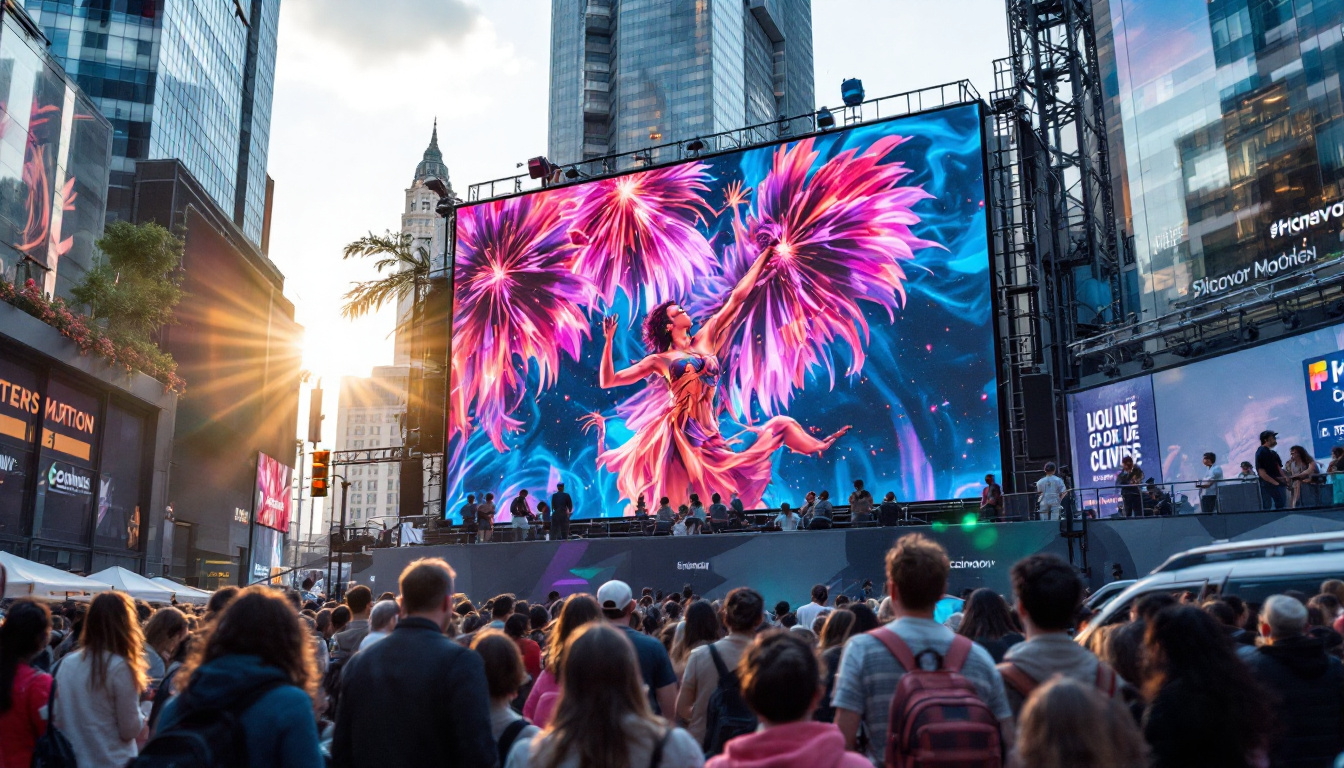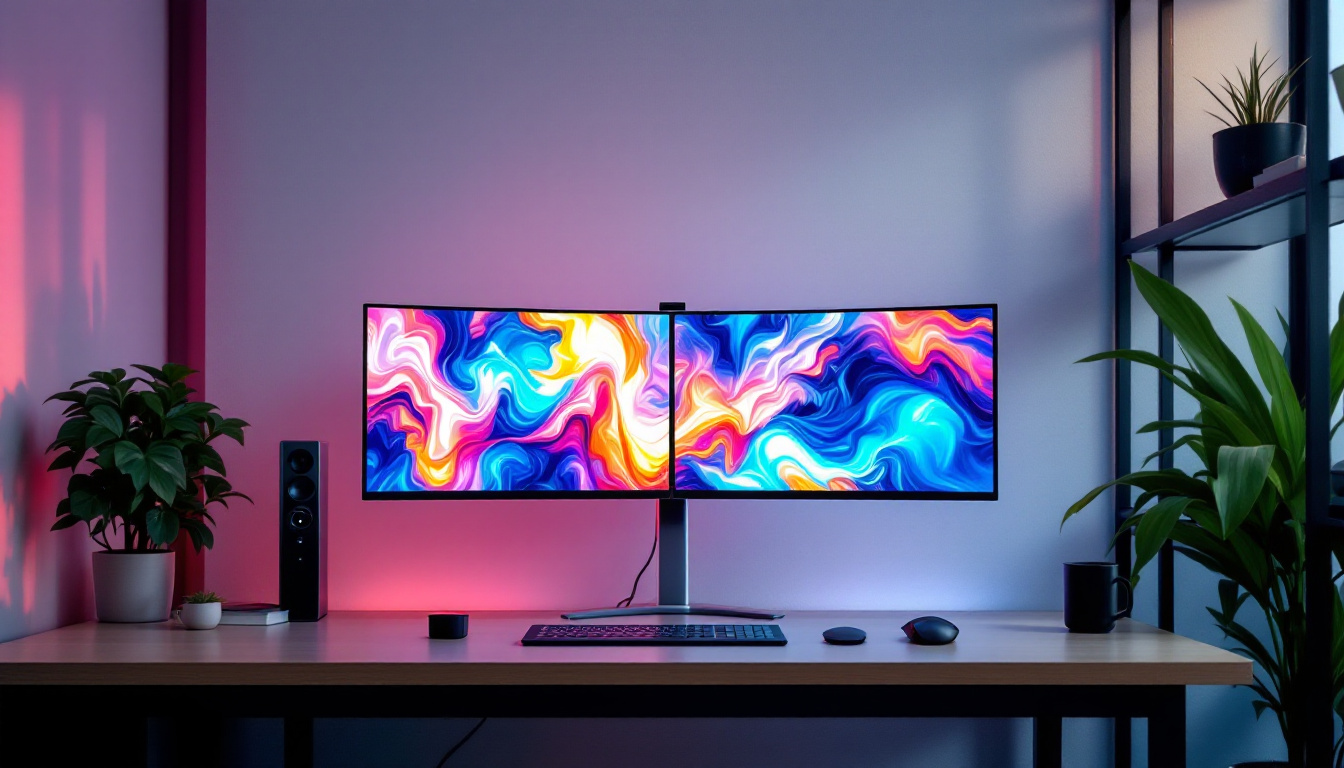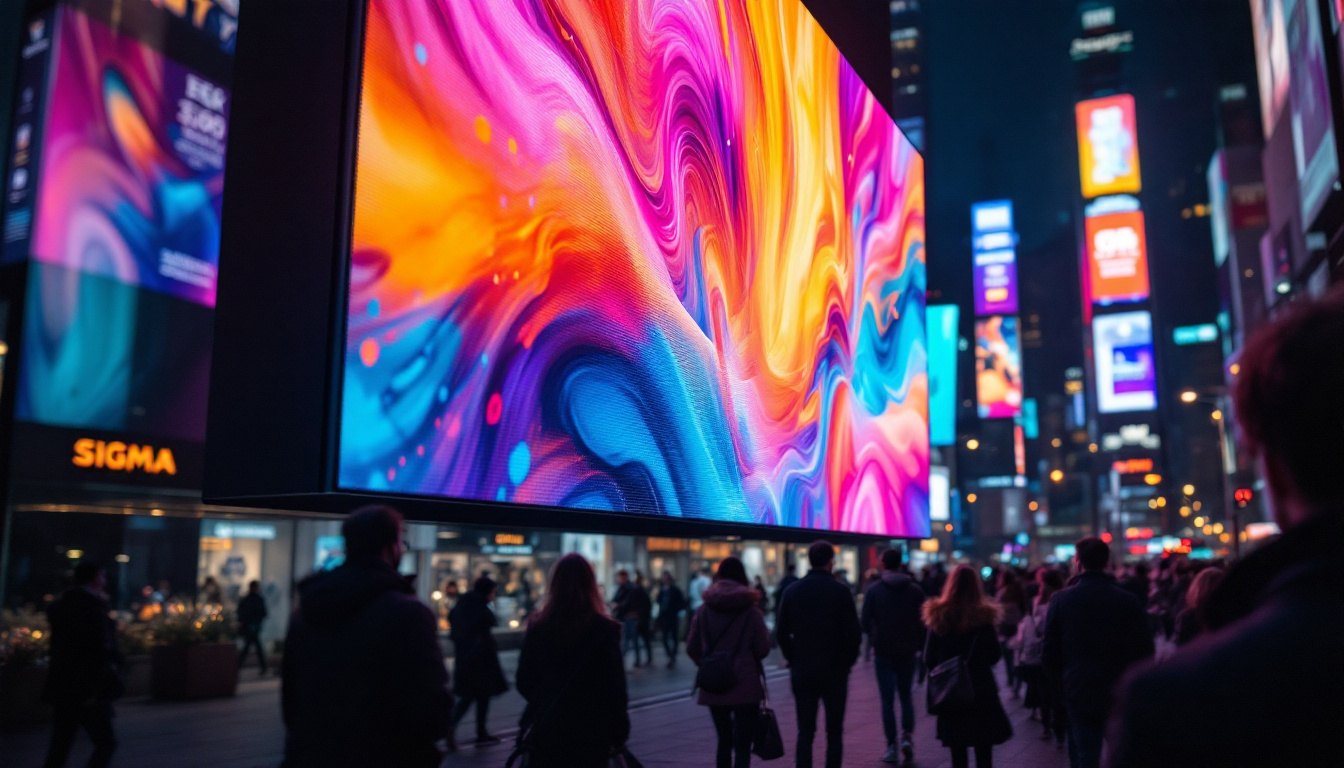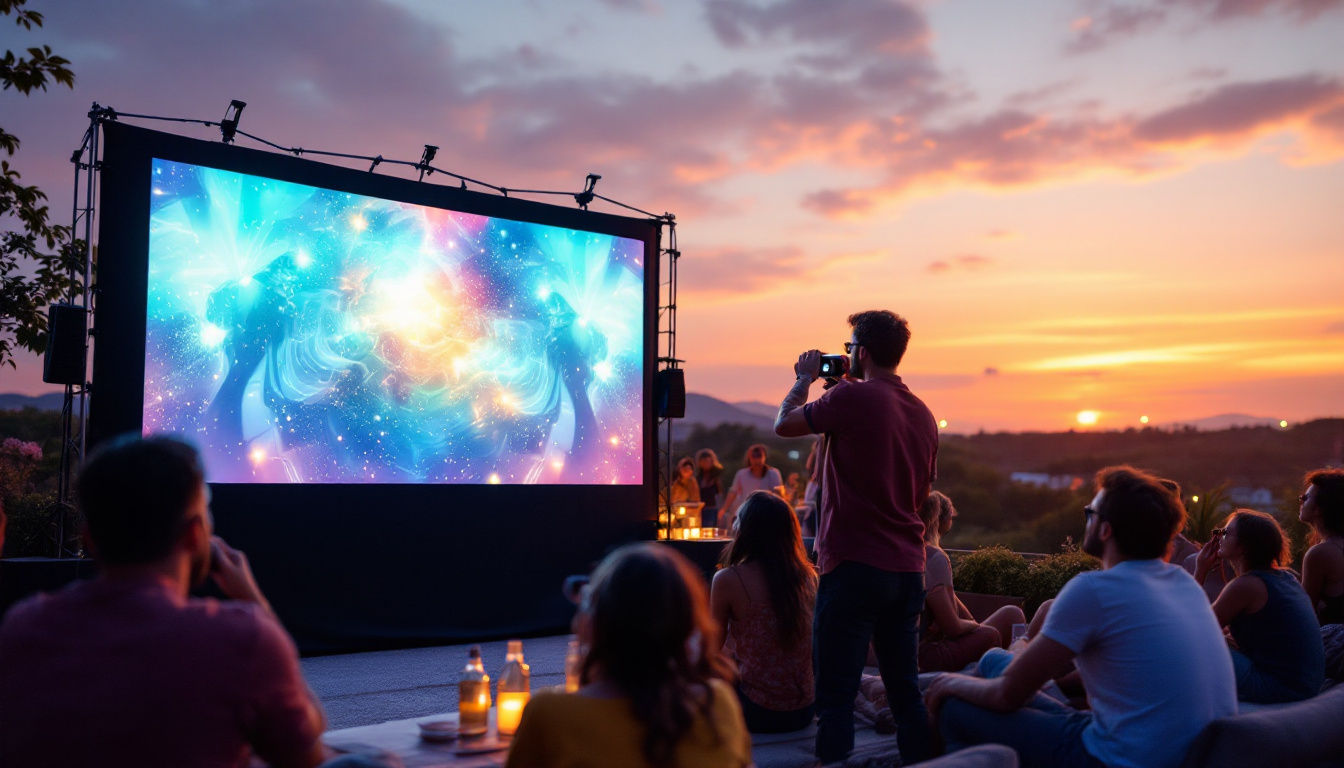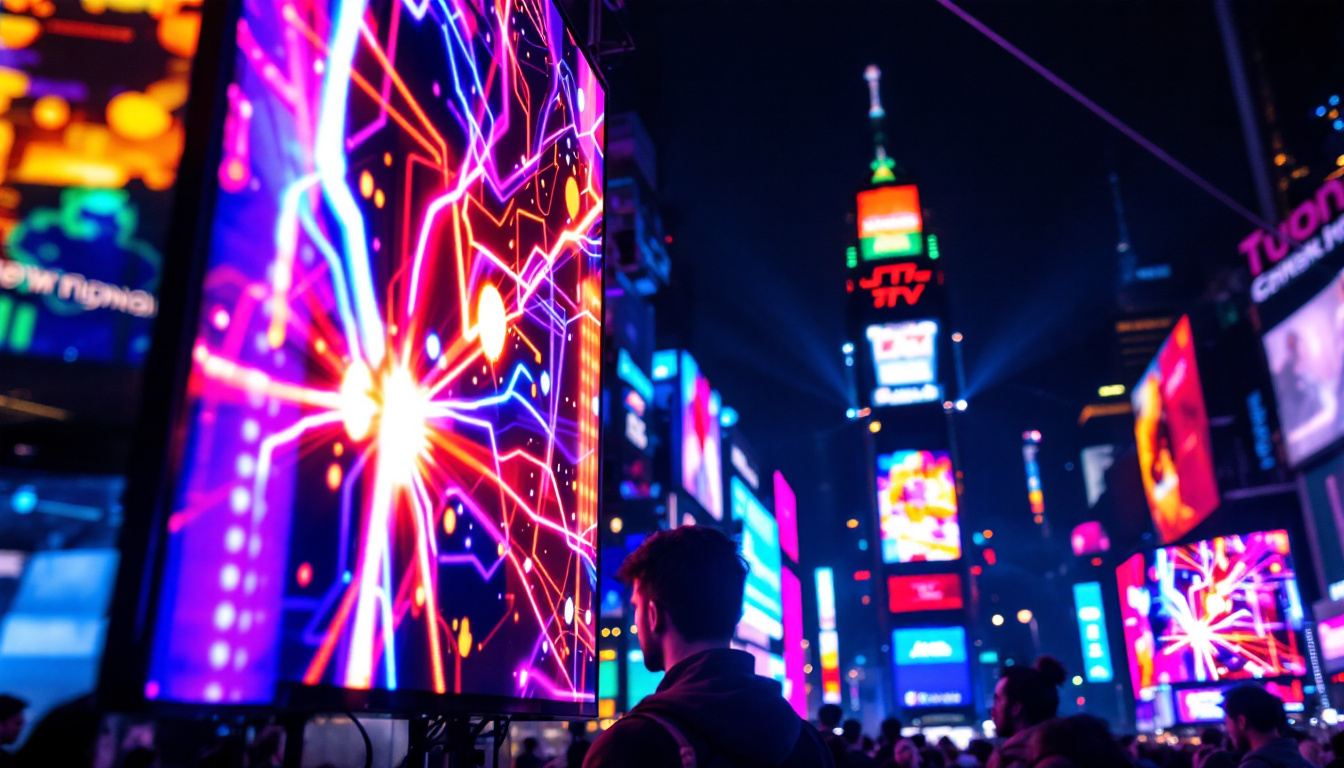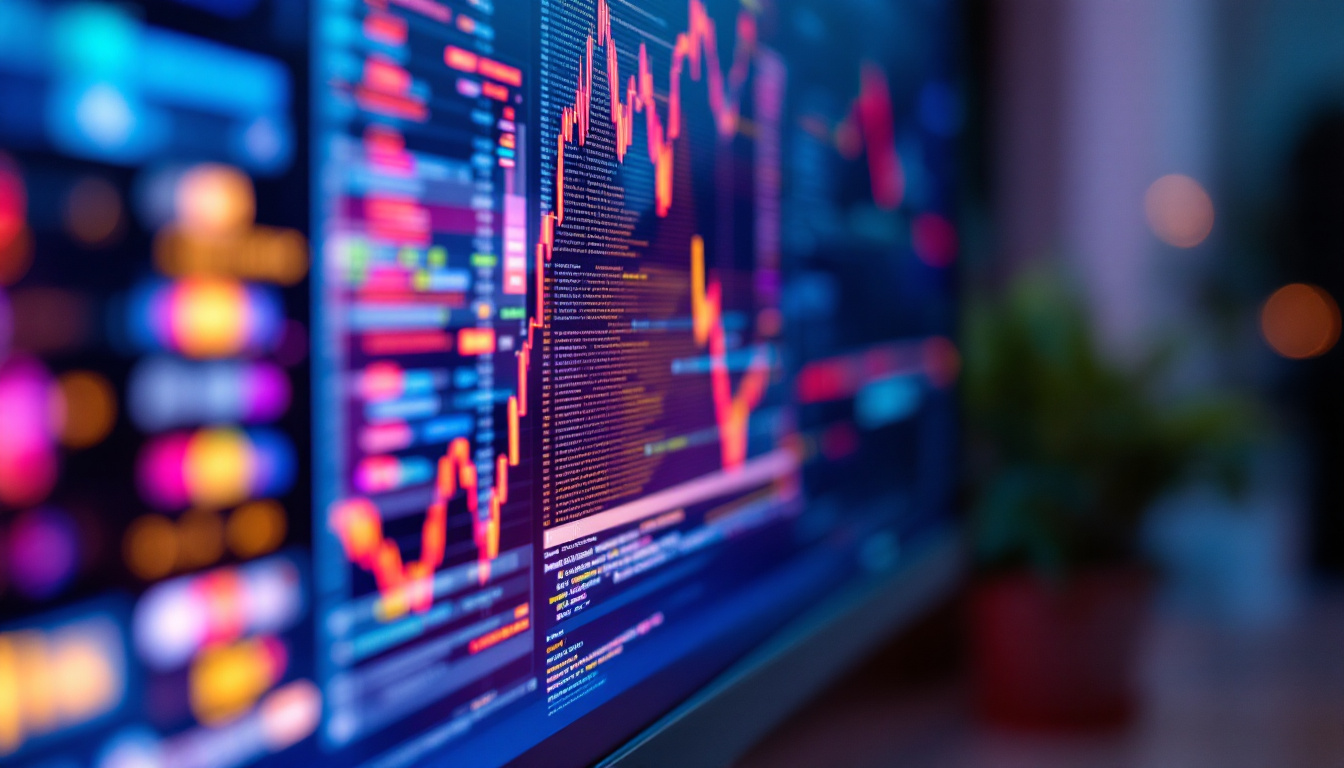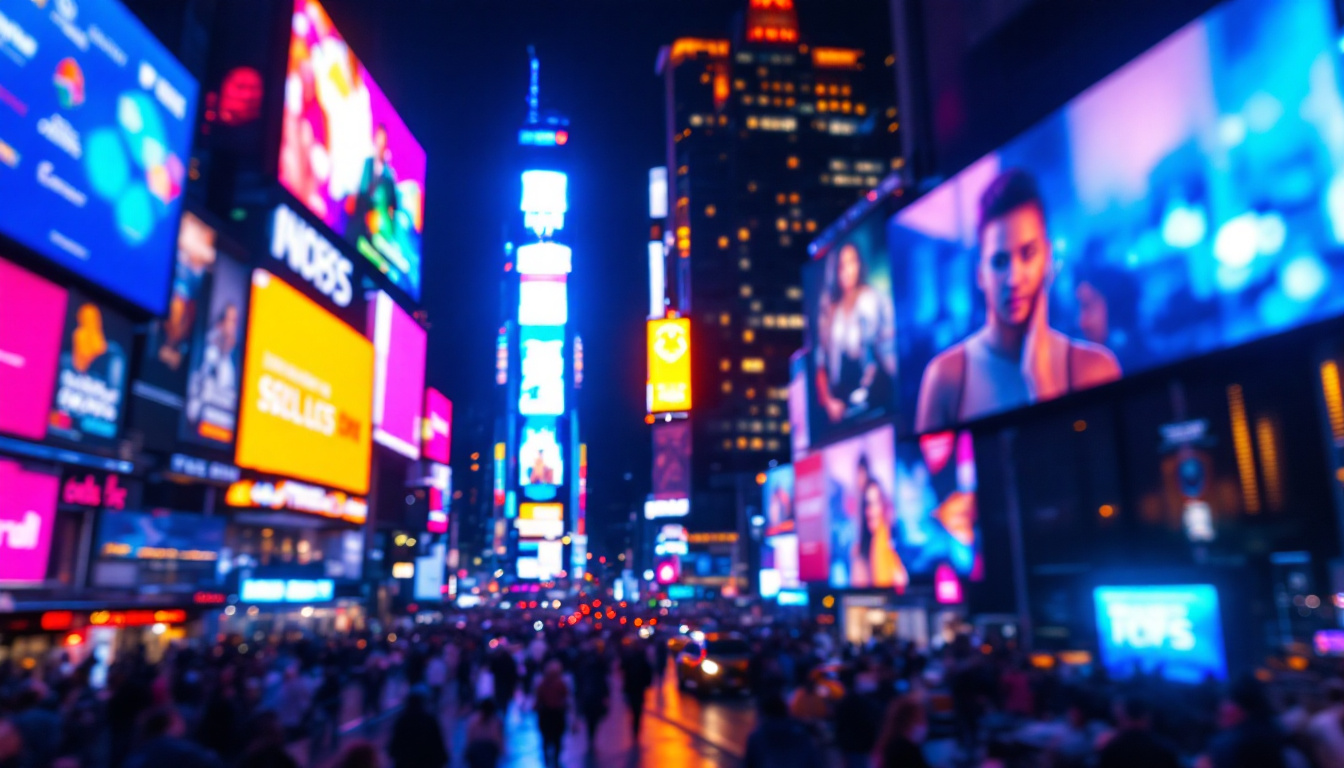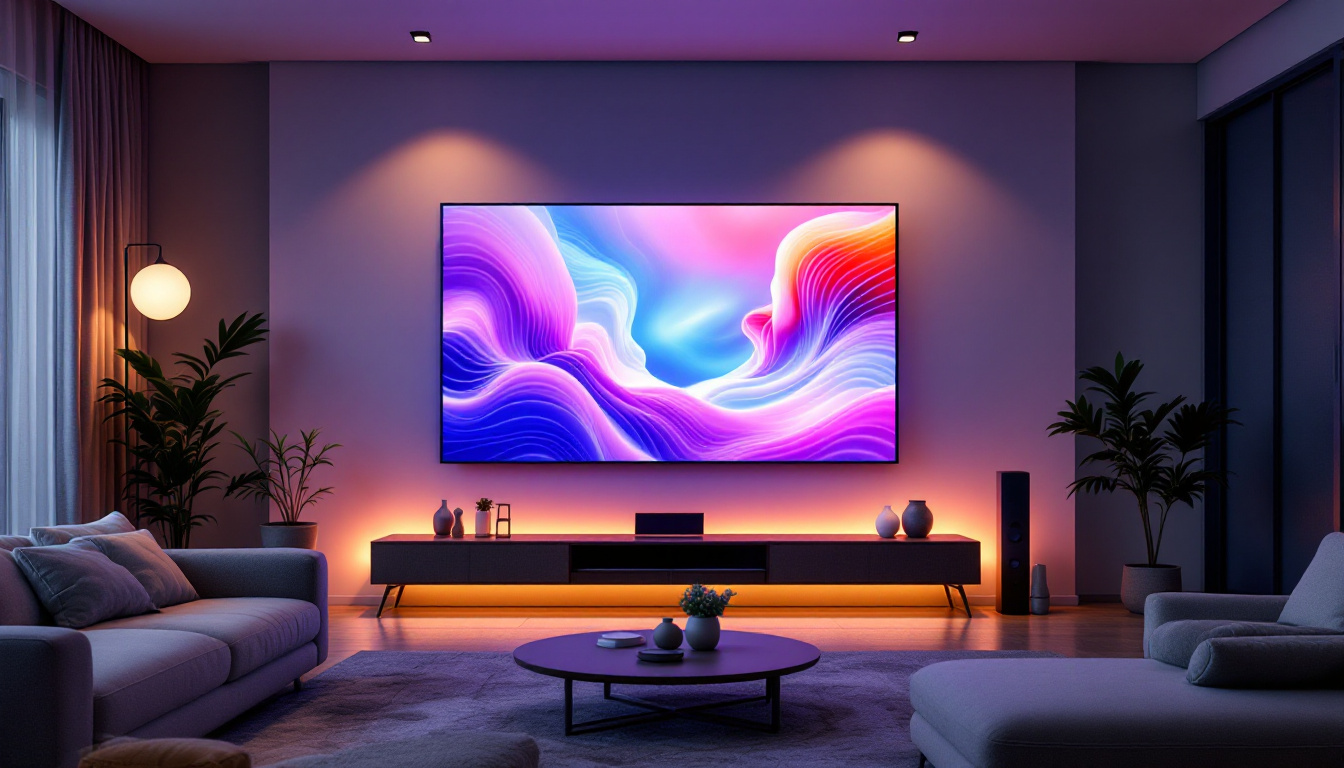In the world of theater, the visual aspect of a production is just as crucial as the performance itself. Stage sets create the atmosphere, convey the story, and engage the audience’s imagination. With the advent of technology, LED displays have become a transformative element in stage design, offering dynamic and versatile solutions for modern productions. This article delves into the significance of LED displays in building stage sets for plays, exploring their benefits, applications, and the future of theatrical design.
The Evolution of Stage Design
Stage design has undergone significant changes over the years, evolving from simple backdrops to complex, multi-dimensional environments. Traditional sets relied heavily on painted flats and physical props, which, while effective, often lacked the flexibility and dynamism that contemporary audiences expect. The artistry of stage design has always been a reflection of the times, with each era bringing its own aesthetic and technological advancements that have shaped how stories are presented. In earlier days, the focus was primarily on realism, with designers striving to create convincing replicas of real-world settings. However, as theatrical styles shifted, so too did the approach to stage design, embracing abstraction and symbolism to convey deeper meanings.
As technology advanced, so did the possibilities for stage design. The introduction of digital projections and LED screens has revolutionized how stories are told on stage. These innovations allow for real-time changes to the environment, enhancing the narrative and emotional experience of the audience. The ability to seamlessly transition between different scenes and settings without the need for cumbersome set changes has not only streamlined productions but also captivated audiences in ways that were previously unimaginable. This evolution reflects a broader trend in the performing arts, where the integration of technology has become essential in creating a fully immersive experience that engages all the senses.
The Role of LED Displays in Modern Theater
LED displays serve multiple purposes in modern theater. They can function as backdrops, interactive elements, or even as part of the performance itself. The versatility of LED technology allows designers to create immersive environments that can change instantly, adapting to the mood and pace of the play. This adaptability is particularly advantageous in productions that require rapid scene changes or those that explore themes of time and memory, where visual transitions can enhance the storytelling. Designers are now able to layer images, animations, and live feeds, creating a dynamic interplay between the performers and the digital landscape surrounding them.
Moreover, LED displays can display high-resolution images and videos, providing a level of detail and vibrancy that traditional stage sets cannot achieve. This capability opens up new avenues for creativity, enabling designers to incorporate multimedia elements that enhance storytelling. For instance, a single LED backdrop can transform from a serene forest to a bustling cityscape with just a few clicks, allowing the audience to experience the full spectrum of a character’s journey. Additionally, the integration of sound and lighting with LED visuals creates a cohesive sensory experience, where every element works in harmony to evoke specific emotions and reactions from the audience. As stage design continues to evolve, the collaboration between technology and artistry will undoubtedly lead to even more innovative and breathtaking theatrical experiences.
Benefits of Using LED Displays in Stage Sets
The integration of LED displays into stage design offers numerous advantages. From cost-effectiveness to environmental sustainability, these benefits make LED technology an appealing choice for theater productions.
Cost-Effectiveness
While the initial investment in LED technology can be significant, the long-term cost savings are undeniable. LED displays are energy-efficient, consuming less power than traditional lighting and projection systems. Additionally, they require less maintenance and have a longer lifespan, reducing replacement costs over time.
Furthermore, the ability to reuse LED screens for multiple productions can lead to substantial savings. The flexibility to adapt the same display for different shows means that theaters can maximize their resources without sacrificing quality.
Dynamic and Versatile Design
One of the most compelling benefits of LED displays is their versatility. Designers can easily change the content displayed, allowing for rapid adjustments to the set. This adaptability is particularly useful for productions that require multiple scenes or settings within a single performance.
Moreover, LED displays can be combined with other design elements, such as physical props and lighting, to create a cohesive and immersive experience. This integration allows for a seamless transition between different scenes, maintaining the audience’s engagement throughout the performance.
Environmental Impact
As sustainability becomes an increasingly important consideration in all industries, theater is no exception. LED technology is more environmentally friendly than traditional stage lighting and set design methods. By using less energy and producing less waste, theaters can reduce their carbon footprint and contribute to a more sustainable future.
Additionally, the longevity of LED displays means that fewer resources are consumed over time, further minimizing environmental impact. The shift towards sustainable practices in theater not only benefits the planet but also appeals to environmentally conscious audiences.
Applications of LED Displays in Stage Sets
LED displays are versatile tools that can be employed in various ways within stage design. Their applications range from simple backdrops to complex interactive installations, enhancing the overall theatrical experience.
Backdrops and Scenic Elements
One of the most common uses of LED displays in theater is as backdrops. These screens can display stunning visuals that set the tone for the performance, from serene landscapes to bustling cityscapes. The ability to change these images in real-time allows for smooth transitions between scenes, creating a fluid narrative flow.
Additionally, LED displays can be designed to mimic traditional scenic elements, such as painted flats or projections, while offering greater flexibility and detail. This hybrid approach allows designers to maintain the aesthetic of classic theater while embracing modern technology.
Interactive Elements
interactive LED displays are gaining popularity in theater, allowing for audience participation and engagement. These screens can respond to the actions of performers or even audience members, creating a dynamic and immersive experience.
For example, a production might incorporate a touch-sensitive LED display that changes visuals based on audience interaction. This level of engagement not only enhances the performance but also creates memorable experiences for attendees, fostering a deeper connection to the story being told.
Integration with Lighting and Sound
LED displays can also be integrated with lighting and sound systems to create a cohesive sensory experience. By synchronizing visuals with audio cues and lighting changes, designers can heighten emotional moments and enhance storytelling.
This integration allows for a multi-layered approach to stage design, where every element works in harmony to create a captivating atmosphere. The result is a more immersive experience for the audience, drawing them deeper into the narrative.
Challenges in Implementing LED Displays
While the benefits of LED displays are substantial, there are also challenges that theater productions may face when implementing this technology. Understanding these challenges is essential for successful integration into stage design.
Technical Limitations
Despite their many advantages, LED displays come with technical limitations. For instance, the resolution of the display can impact the quality of the visuals, particularly in larger formats. Designers must carefully consider the size and placement of LED screens to ensure that the audience can appreciate the details from various angles.
Additionally, the complexity of programming and operating LED displays can pose challenges for theater technicians. Proper training and expertise are necessary to ensure that the technology is used effectively, which may require additional time and resources.
Budget Constraints
While LED displays can be cost-effective in the long run, the initial investment can be a barrier for some theater companies, especially smaller or community theaters. Budget constraints may limit the ability to purchase high-quality displays or hire skilled technicians, potentially affecting the overall production quality.
To mitigate these challenges, theaters can explore rental options for LED displays or collaborate with technology providers to access the latest innovations without the burden of full ownership.
The Future of LED Displays in Theater
The future of LED displays in theater looks promising, with ongoing advancements in technology and design. As the demand for innovative stage design continues to grow, LED displays will likely play a central role in shaping the theatrical landscape.
Advancements in Technology
As technology evolves, LED displays are becoming more sophisticated, with improvements in resolution, brightness, and color accuracy. These advancements will allow for even more stunning visuals and greater flexibility in design.
Additionally, the integration of artificial intelligence and machine learning could lead to more interactive and responsive stage designs. Imagine a performance where the visuals adapt in real-time to the actors’ movements or audience reactions, creating a truly immersive experience.
Increased Accessibility
As LED technology becomes more affordable and accessible, it is likely that a wider range of theater companies will adopt these innovations. This democratization of technology will enable smaller productions to experiment with LED displays, fostering creativity and diversity in stage design.
Moreover, as theaters embrace sustainability, the push for eco-friendly practices will further encourage the adoption of LED technology, aligning with the values of modern audiences.
Conclusion
The integration of LED displays in stage design represents a significant leap forward in the world of theater. With their versatility, cost-effectiveness, and ability to create immersive experiences, LED displays are reshaping how stories are told on stage. While challenges remain, the future of LED technology in theater is bright, promising a new era of creativity and innovation.
As theater continues to evolve, embracing these technological advancements will be essential for captivating audiences and enhancing the art of storytelling. The journey of building stage sets with LED displays is just beginning, and the possibilities are as limitless as the imagination of those who create them.
Transform Your Stage Design with LumenMatrix
Ready to elevate your theatrical productions with the cutting-edge technology of LED displays? LumenMatrix is at the forefront of LED display innovation, offering a wide array of solutions that can bring your creative visions to life. From Indoor and Outdoor LED Wall Displays to specialized options like Vehicle, Sports, and Floor LED Displays, our products are designed to captivate and engage your audience like never before. Embrace the future of stage design and check out LumenMatrix LED Display Solutions today to create unforgettable visual experiences.

